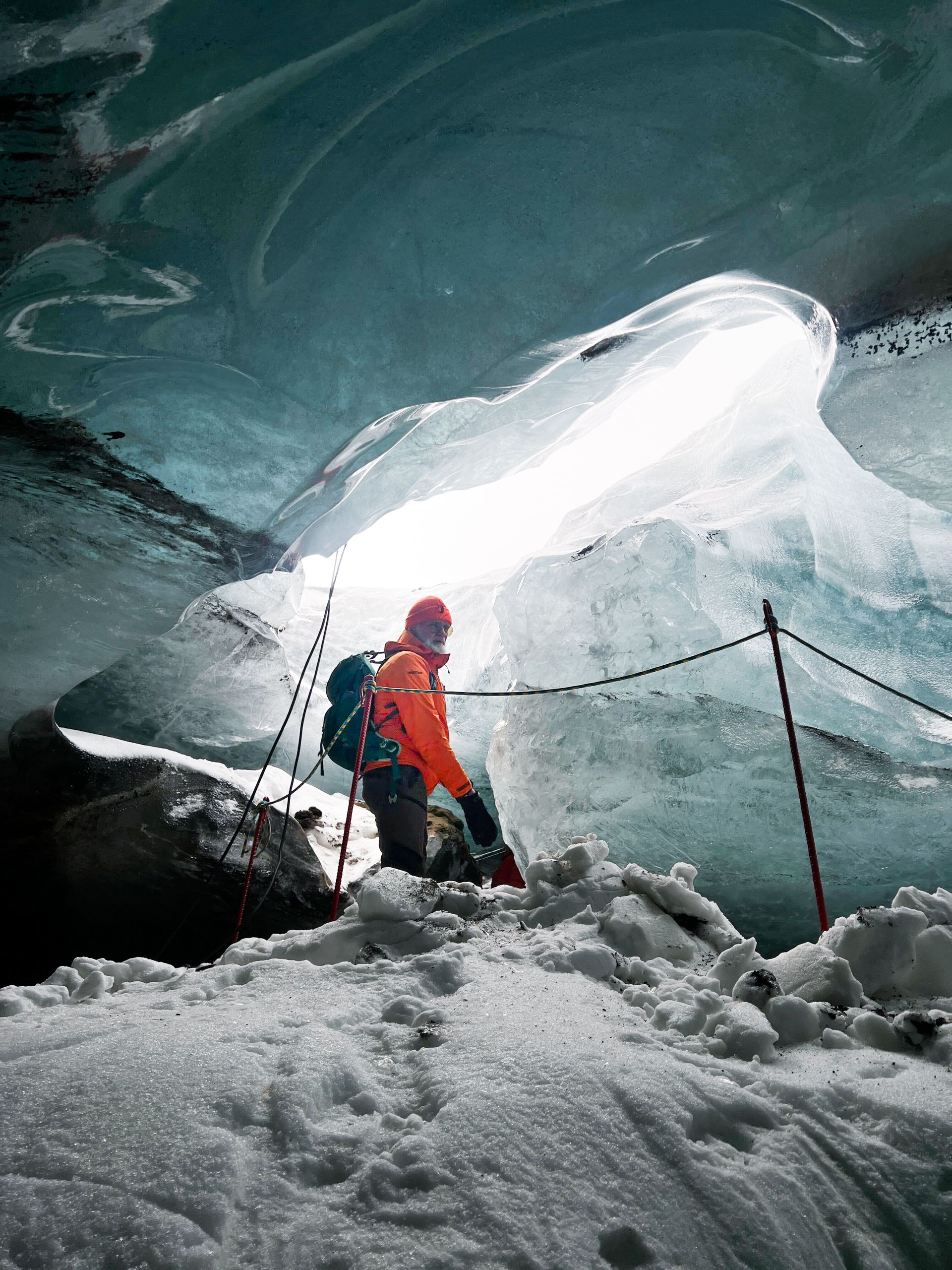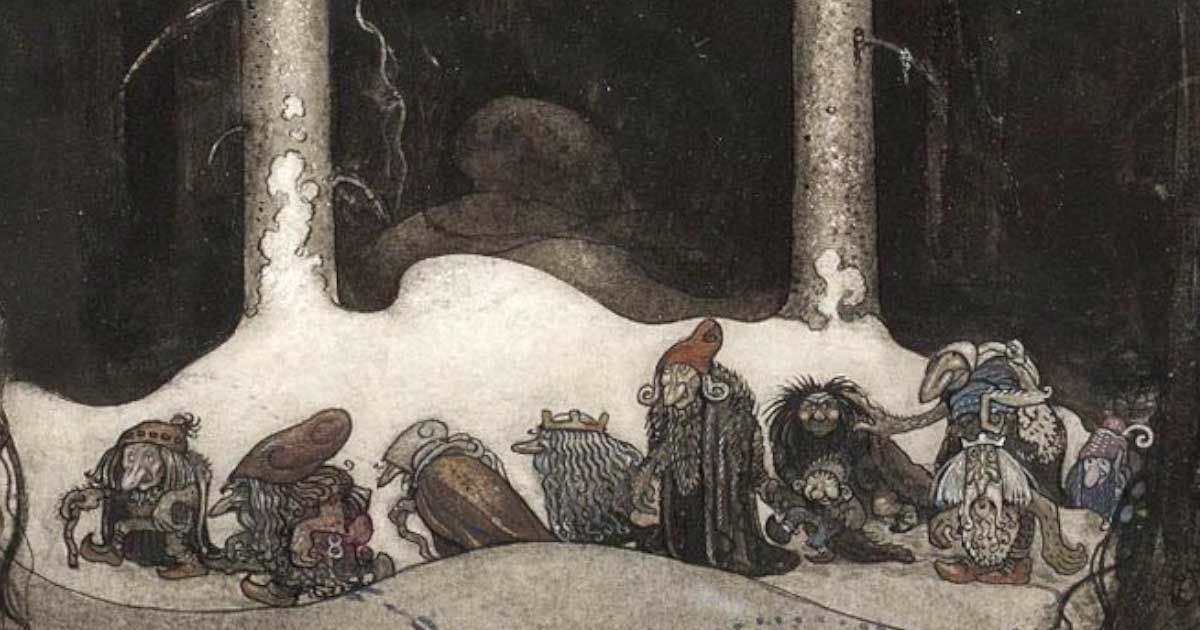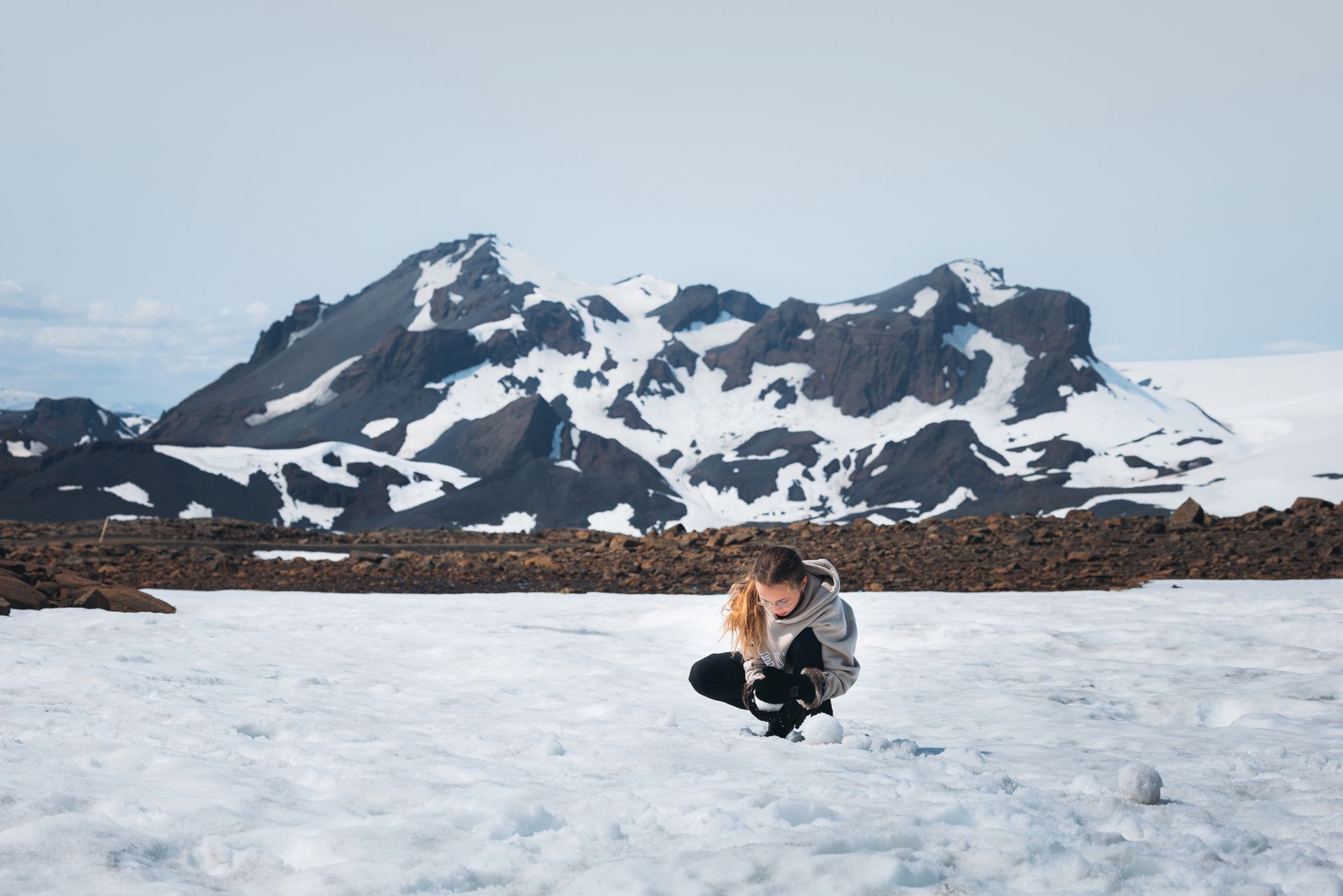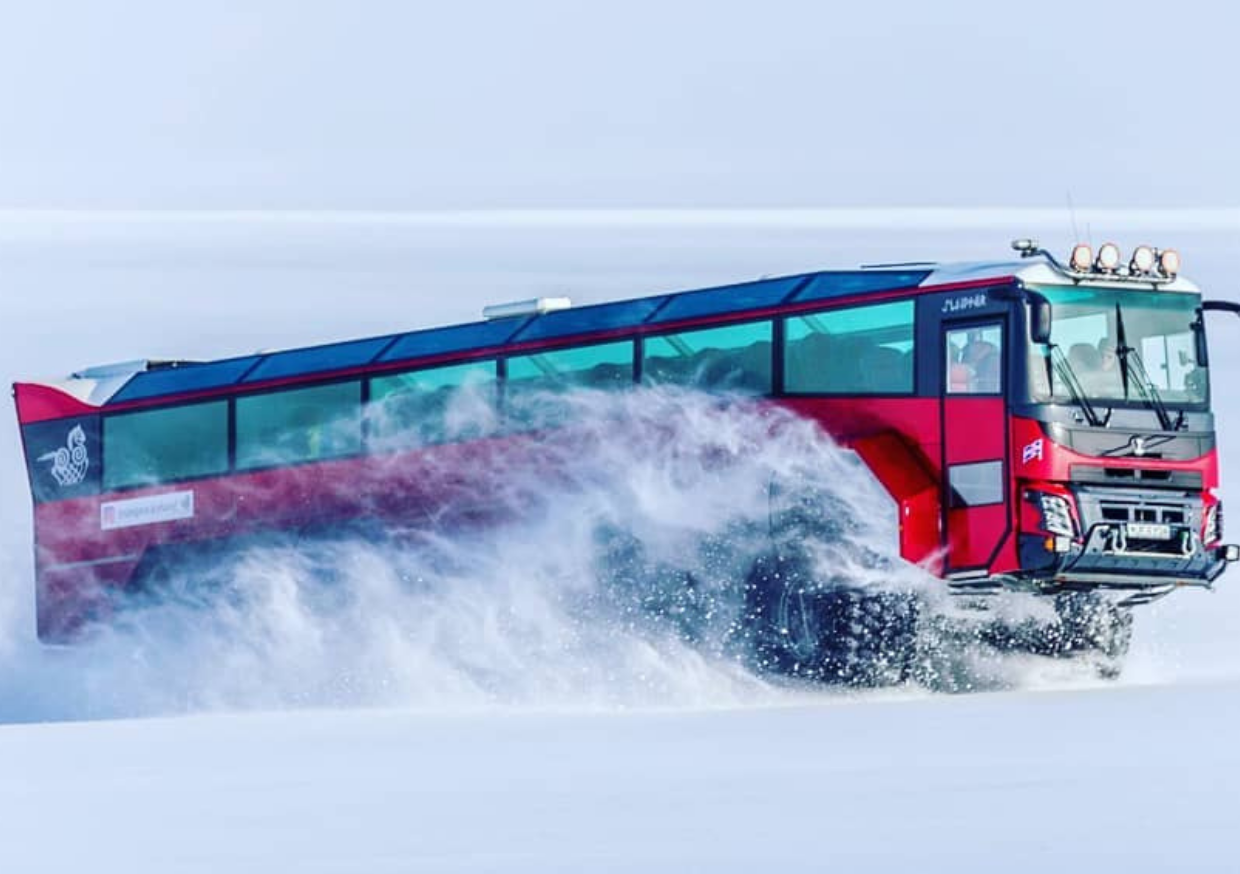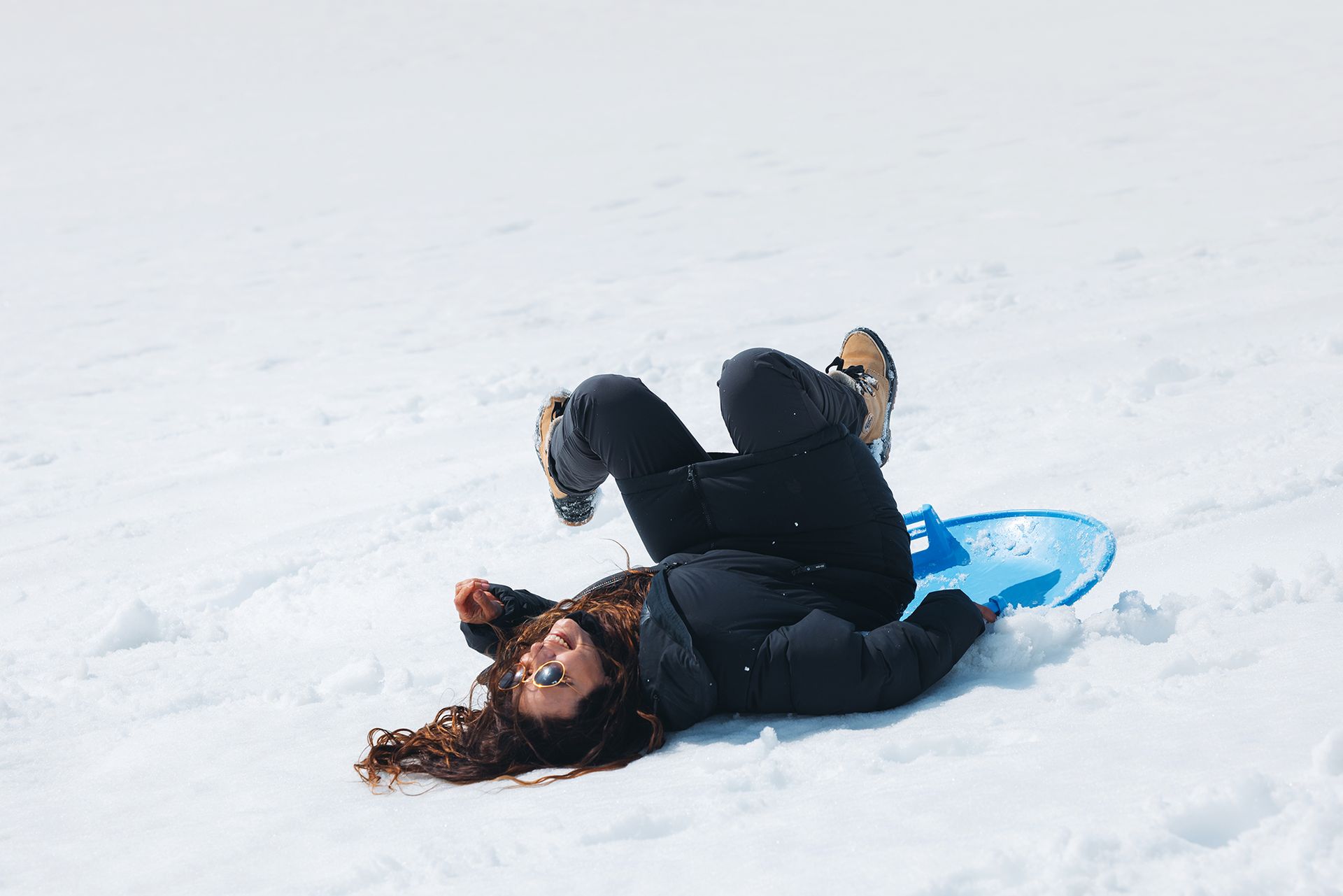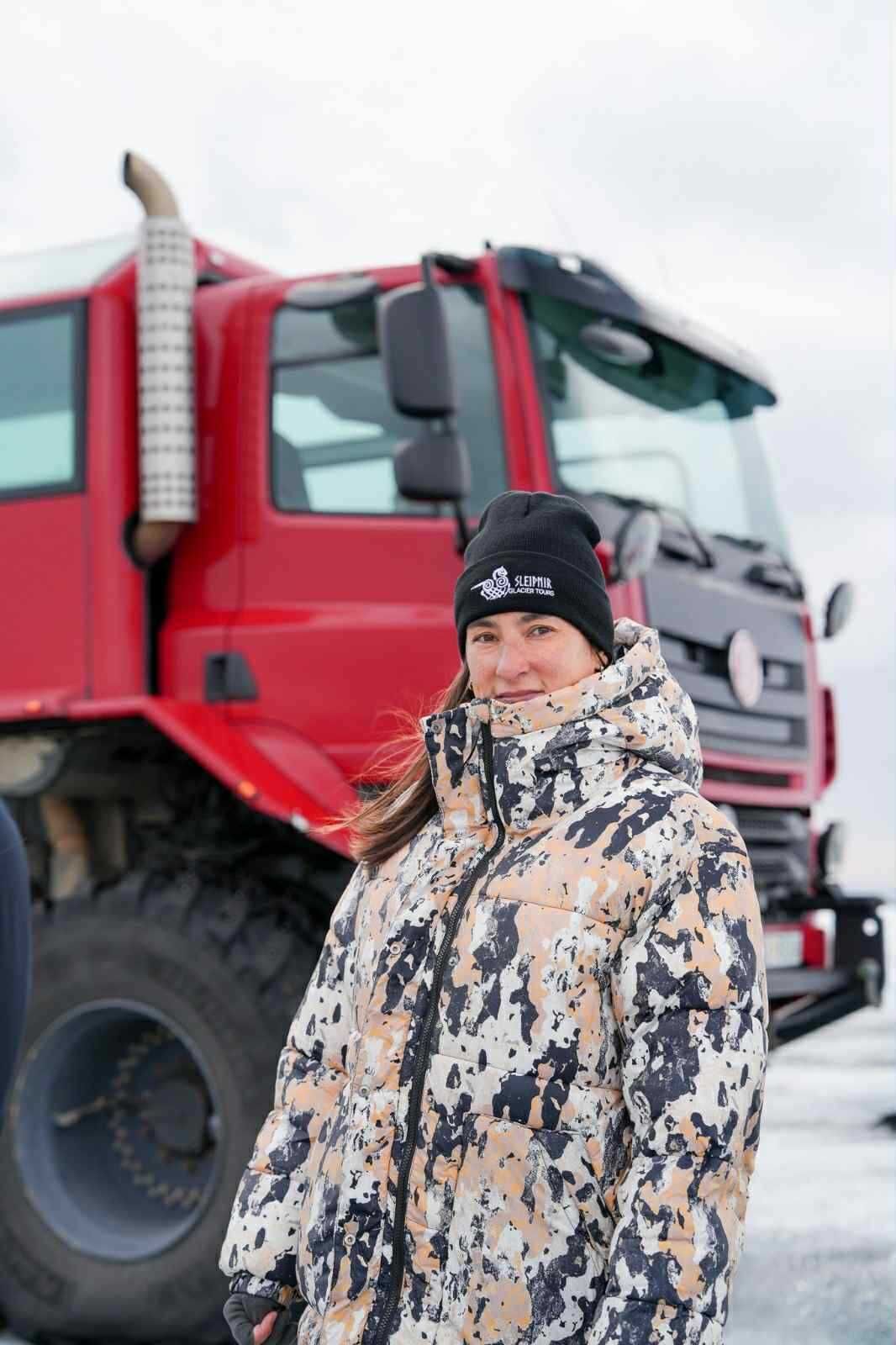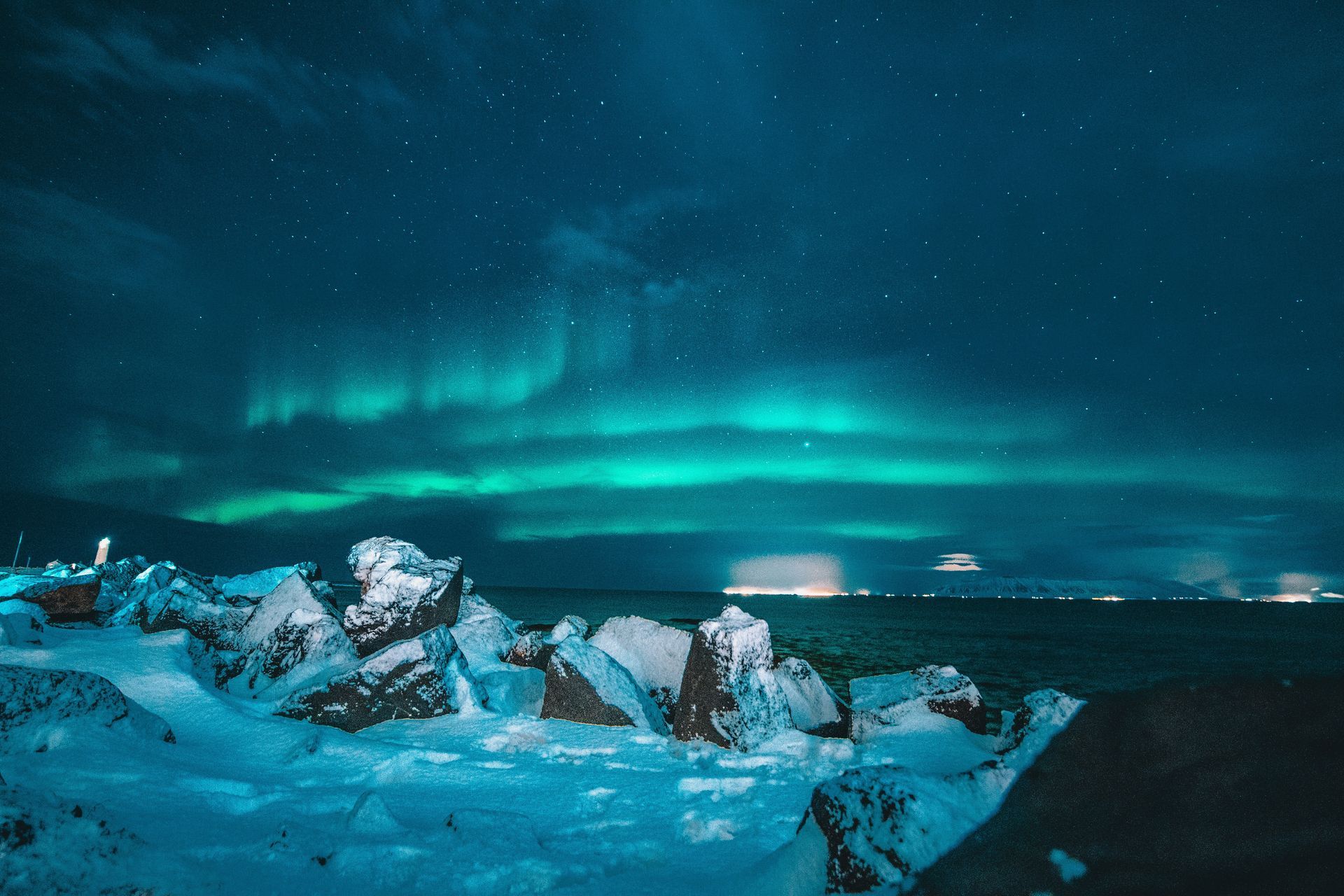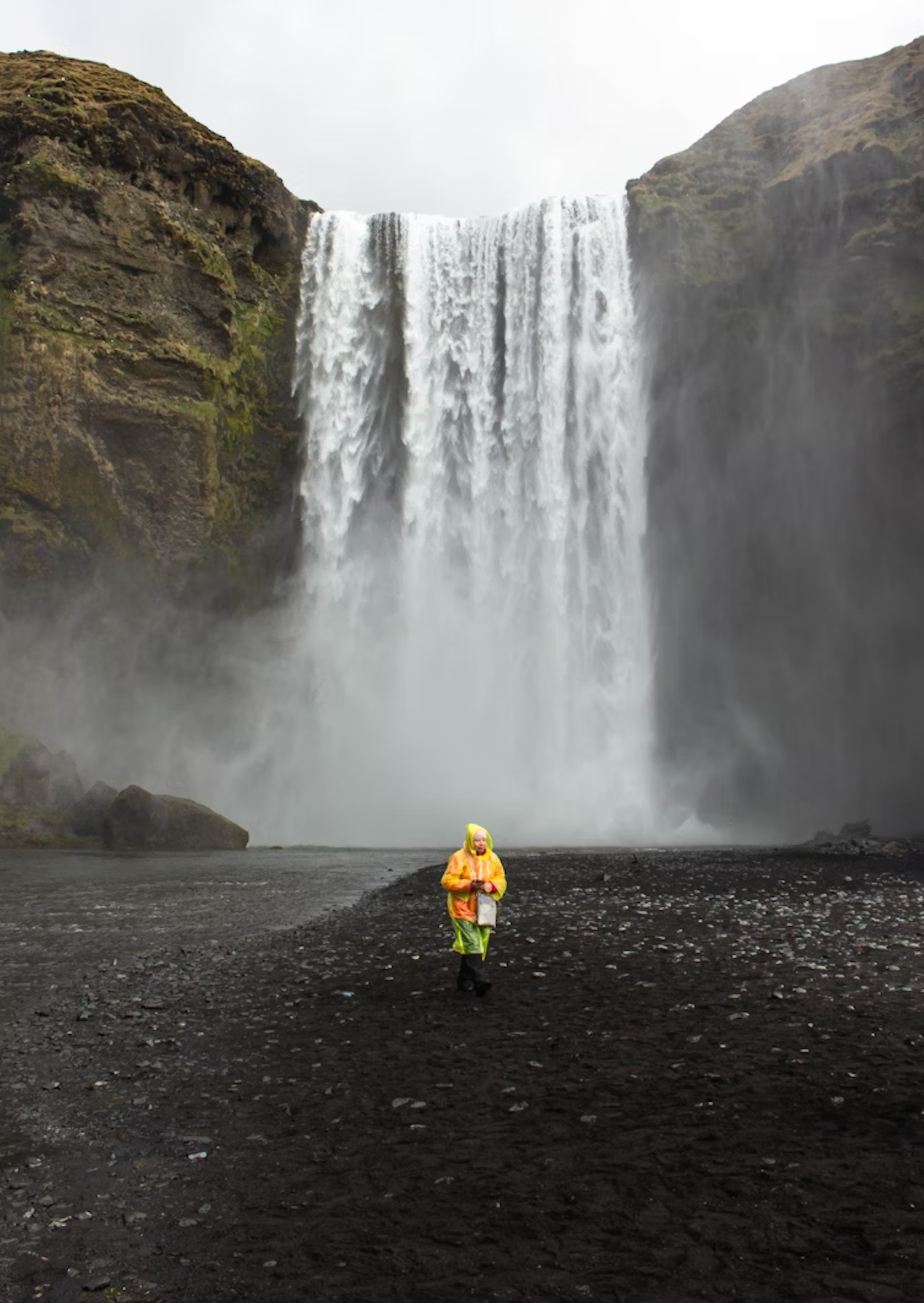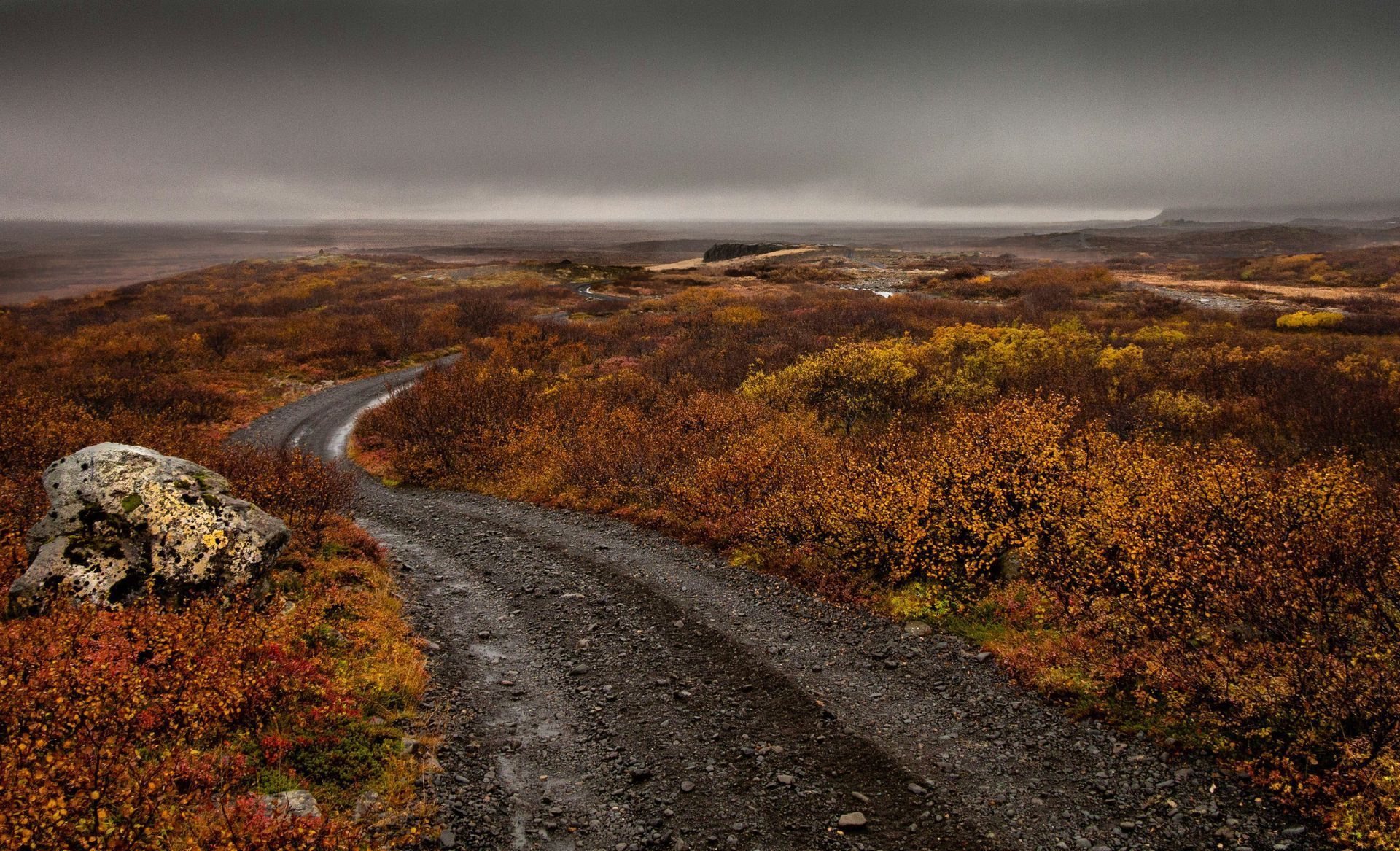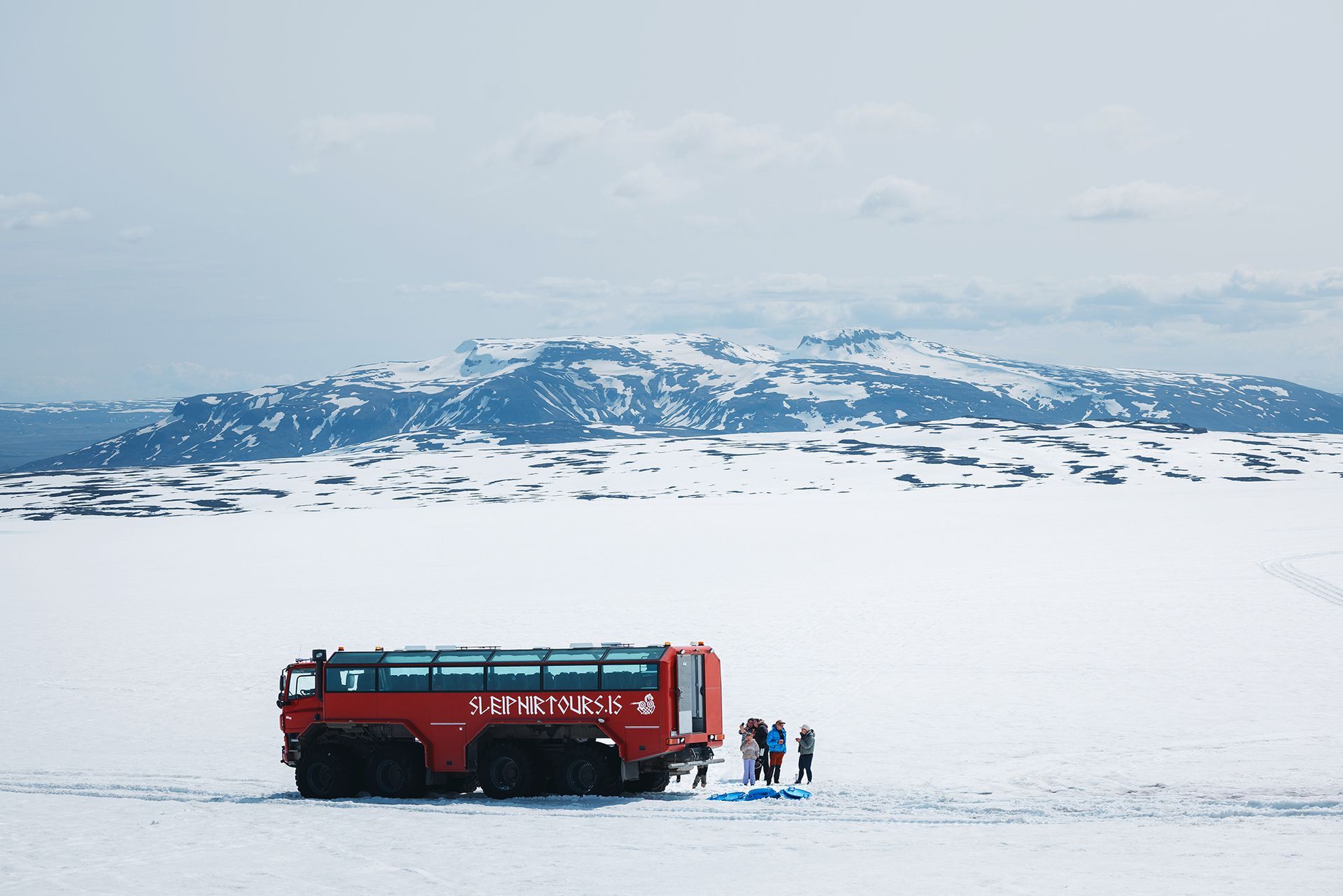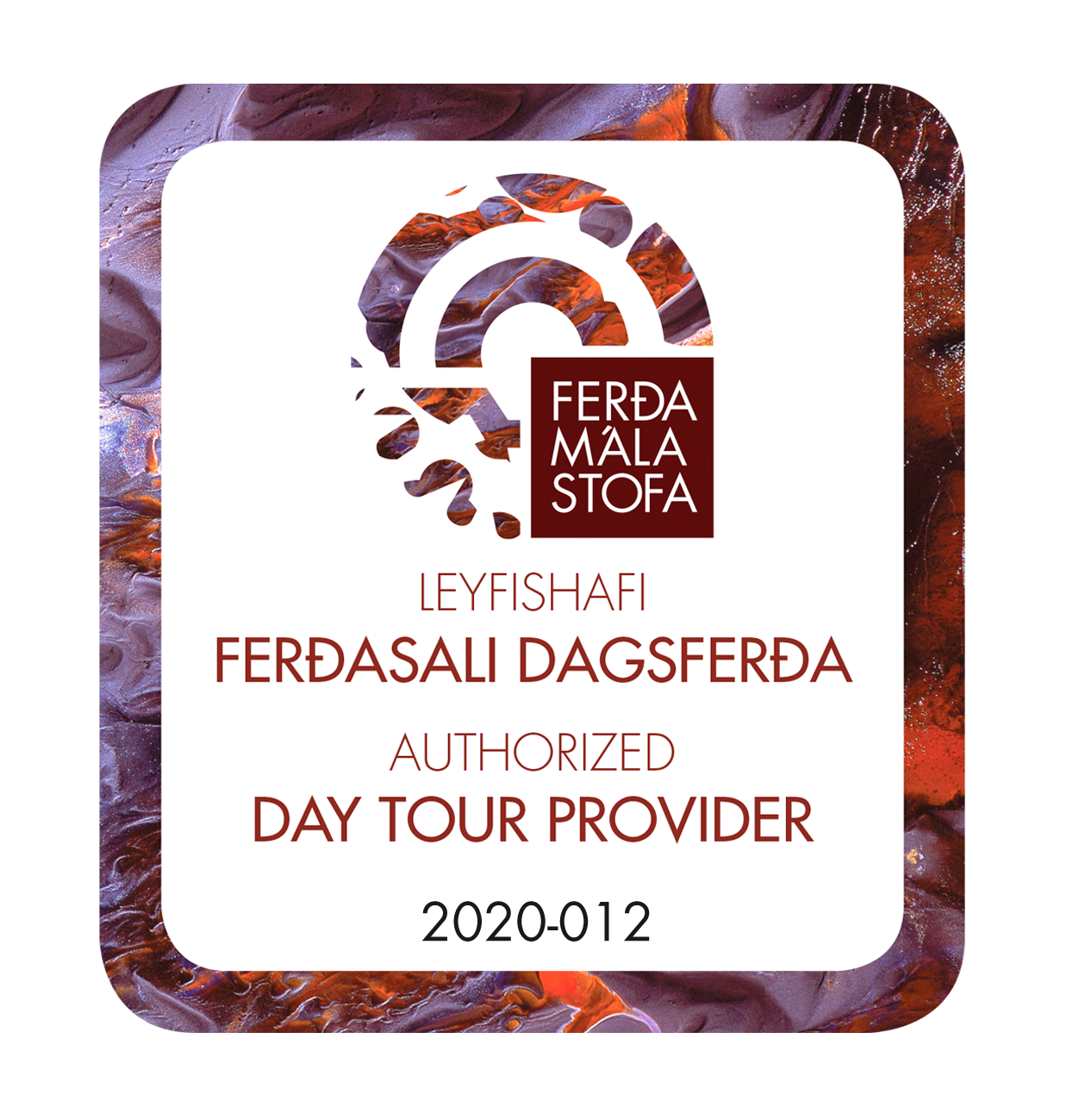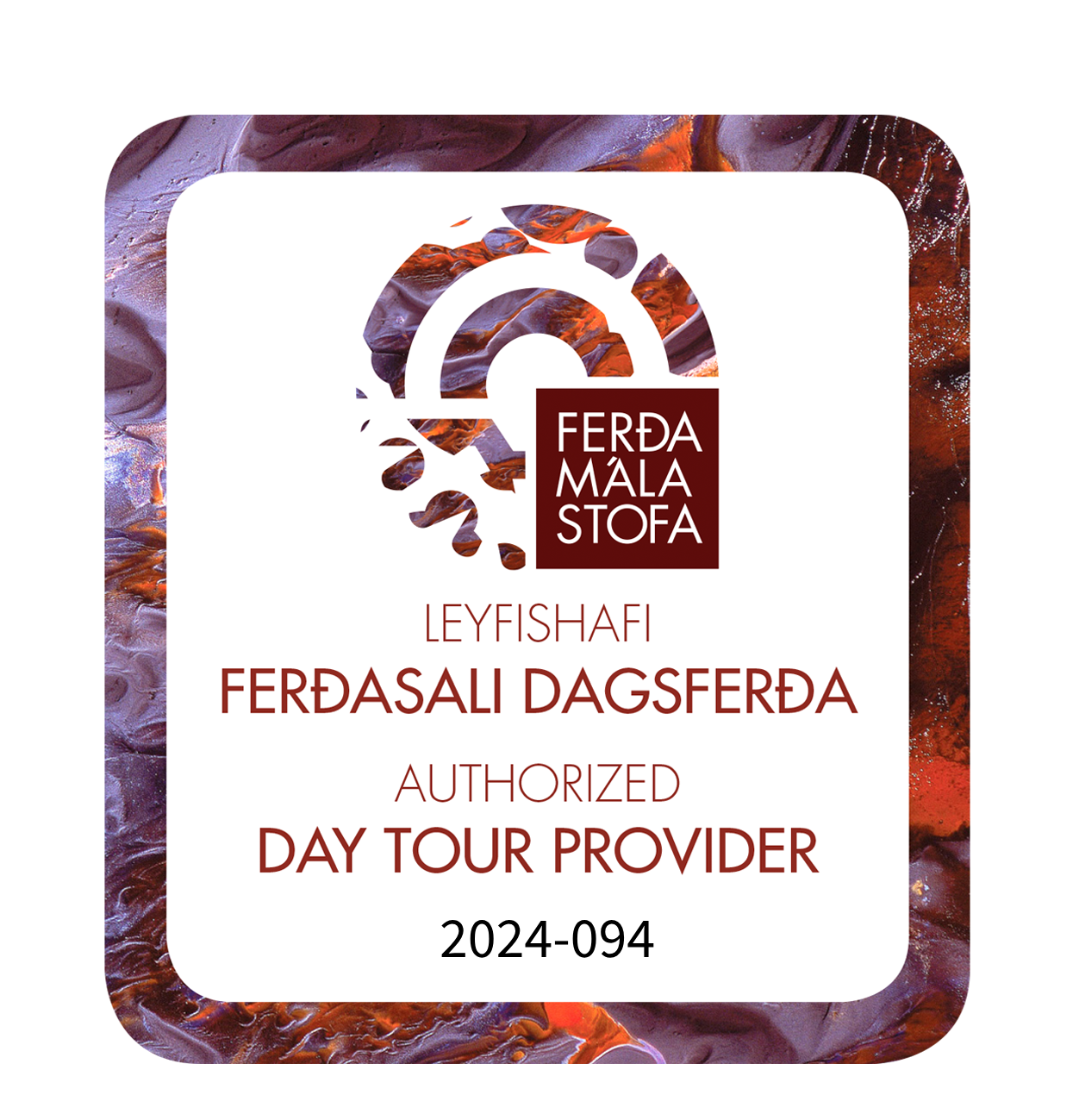Fun facts about Iceland
Fun facts about Iceland

Being an Icelander is an adventure in itself. The more we talk about our country the more we realise how unique our nature, history and culture really is. Here are a few of our favourite things share with our guests during our trips on Langjökull glacier!
Iceland is One of the Safest Countries in the World!
Iceland is renowned as one of the safest countries globally, with its notably low crime rate. This sense of safety can be attributed in part to its compact population, where residents often have familiar ties or connections, nurturing a close-knit community ambiance especially among Icelanders. This means that travelling here solo or with young families is an extremely good idea!
Join on a epic adventure on Langjökull glacier with your whole family
Iceland is Covered with Stunning Glaciers
A significant quarter of Iceland's landscape is adorned with magnificent glaciers, offering awe-inspiring vistas and ample exploration opportunities. Iceland's ice caps and glaciers, from the massive Vatnajökull to the tongue-shaped Sólheimajökull, render an otherworldly charm that's an adventurer's dream come true. We must also mention Langjokull glacier, second-longest glacier in Europe.
Join one of our tours on Langjökull glacier next time when you visit Iceland!
Iceland is Home to a Unique Breed of Horses
Are they ponies? Kinda!
The Icelandic horse is a unique breed, brought over by the Vikings. These sturdy, pony-sized creatures are not only known for their resilience and endurance but also for their ability to perform five gaits, a feat unmatched by any other horse breed worldwide.
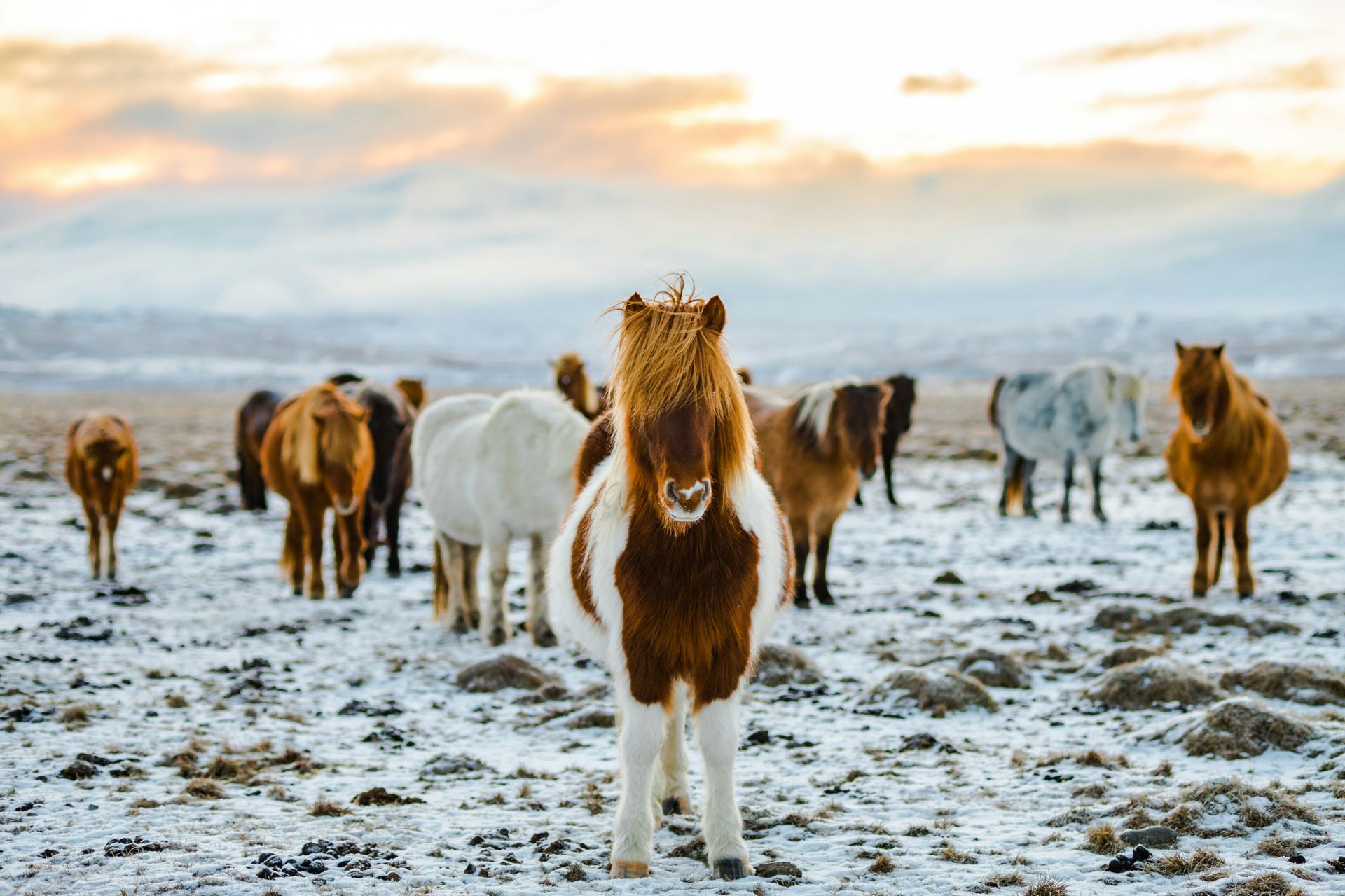
Folklore is alive and well in Iceland with tales of Elves, Trolls, and other mystical beings
Many Icelanders hold a belief in elves, trolls, and other mystical beings. These creatures are an integral part of Icelandic folklore and culture, with miniature wooden elf houses adorning gardens, and mesmerising basalt rock formations being attributed to trolls frozen in time. We even have specific construction laws concerning “elf inhabited areas”.
Iceland is a Country Without a Single McDonald's
Imagine!
In a world where McDonald's is virtually ubiquitous, Iceland stands apart. After the global economic crisis in 2008 led to the closure of McDonald's outlets due to a sudden devaluation of the Icelandic króna and high import costs, the fast-food giant has remained absent.
Dominos pizza… however…
Iceland has Naturally Occurring Geothermal Hot Springs
The country's geothermal activity feeds into another beloved local tradition - outdoor swimming pools. These pools, filled with naturally warm water, offer year-round relaxation, even in the snowy depths of winter. Visiting an Icelandic swimming pool is a must-do experience for any traveller.
Trust us on this one.
Ice Cream is a Popular Treat in Iceland
Surprisingly for an Arctic nation, Icelanders have a deep love for ice cream, enjoying this sweet treat in any weather. From traditional soft-serve to the Icelandic version of a McFlurry (Bragðarefur) packed with candies, fruits, nuts, and sauces, ice cream is an all-year-round comfort food here.
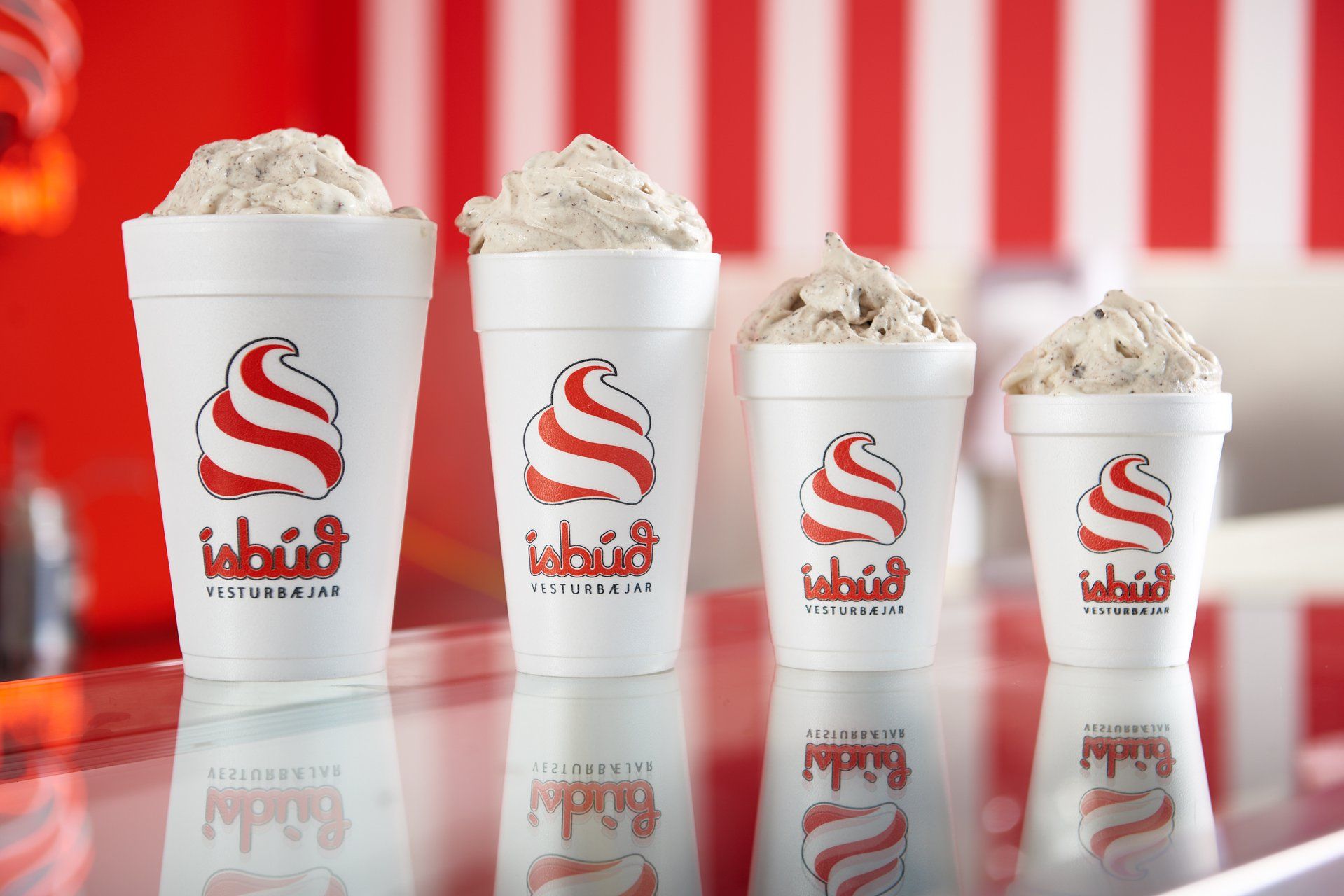
Iceland has a Unique Naming Tradition
Icelandic names follow a unique patronymic system rather than the usual surname tradition. A person's last name usually indicates the first name of their father or occasionally their mother, followed by -son (for "son") or -dóttir (for "daughter"). This is a cherished cultural tradition, highlighting the importance of family ties in Icelandic society.
Reykjavík is the northernmost Capital City
Reykjavik isn't just the capital of Iceland; it's the northernmost capital city in the world! Despite its geographical location, it has a surprisingly mild climate thanks to the Gulf Stream.
he Language of the Vikings
The Icelandic language has remained virtually unchanged from Old Norse, the language of the Vikings. This linguistic consistency means that today's Icelanders can easily read ancient Norse texts.
Celebrating the Sun
The Midnight Sun and Polar Nights: Due to its high latitude, Iceland experiences the natural phenomena of the Midnight Sun and Polar Nights. During summer, daylight can last for 24 hours, and in winter, darkness can envelop the day.
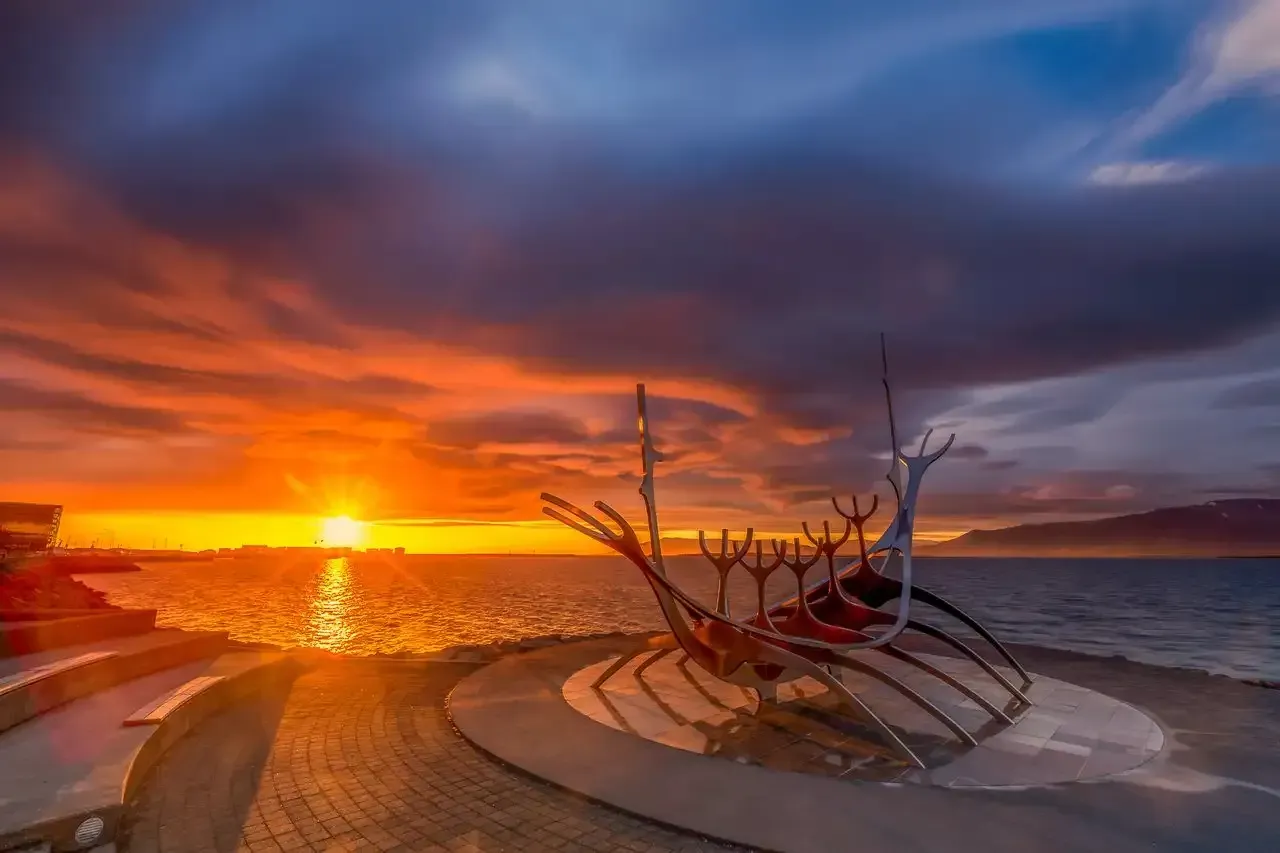
Renewable Electricity
Nearly all of Iceland's electricity is produced from renewable resources. Hydroelectric power supplies more than 70% of the nation's electricity, with geothermal energy contributing nearly all the rest.
A Country without an Army
Iceland doesn't have a standing army. It's a member of NATO but relies on the alliance for its defence. The only militarised force in Iceland is the Icelandic Coast Guard.
First Female President
Iceland was the first country in the world to democratically elect a woman, Vigdís Finnbogadóttir, as a head of state. She served as the president of Iceland from 1980 to 1996.
A Bridge Between Continents
At the Reykjanes Peninsula, you can walk across a bridge connecting North America and Europe. This is possible because Iceland is split by the Mid-Atlantic Ridge, dividing the Eurasian and North American tectonic plates. You can even dive between the continents in Silfra.
Want to learn more about Iceland?
Follow us on Instagram for daily updates @sleipnir.iceland
Icelandic Folklore
New Paragraph
Share This Blog Post
